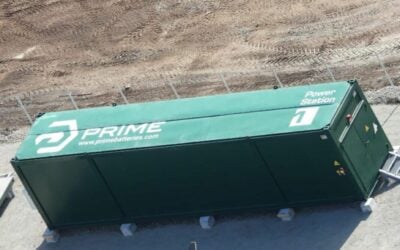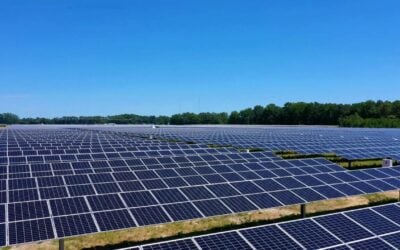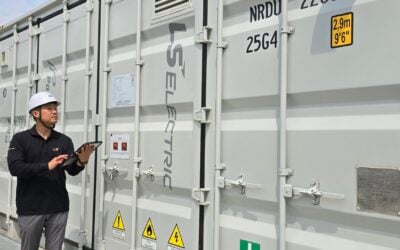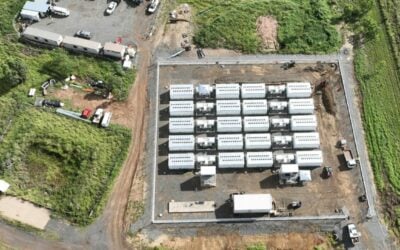
State-owned electricity company ESB and geoenergy company dCarbonX, partially owned by gas infrastructure company Snam, have signed a joint venture (JV) to explore green hydrogen storage opportunities off the coast of Ireland.
The pair have already been working together on assessing and developing offshore green hydrogen subsurface storage in Ireland’s waters since the second quarter of 2021.
Enjoy 12 months of exclusive analysis
- Regular insight and analysis of the industry’s biggest developments
- In-depth interviews with the industry’s leading figures
- Annual digital subscription to the PV Tech Power journal
- Discounts on Solar Media’s portfolio of events, in-person and virtual
Or continue reading this article for free
dCarbonX is 29%-held by Snam, the Italy-based gas energy infrastructure company which runs a pipeline network of approximately 41,000km across Europe, managing 3.5% of the world’s gas storage capacity.
They believe there is significant potential to develop large-scale storage capacity off the Irish coast and intend to actively explore opportunities, the companies said in a media statement. The JV will focus on three specific green hydrogen storage opportunities based around proposed decarbonisation clusters.
The first is the Poolpeg generating station on an artificial peninsula east of the capital Dublin, where green hydrogen could help decarbonise heavy transport, shipping, industry and power generation.
The second is the Moneypoint power station, which ESB is already turning into a green energy hub with a synchronous compensator and a 1,400MW offshore wind farm around the River Shannon Estuary.
The third is Project Kestrel, a project to re-develop decommissioned gas reservoirs at Kinsale Head field, 50km off the southern coast of County Cork. That was announced in August 2021 and, if approved, could potentially store up to 3TWh of green hydrogen and hydrogen carriers.
Tony O’Reilly, dCarbonX CEO, said: “Working with the backing of our shareholder Snam, dCarbonX has already begun the assessment of suitable offshore reservoirs that can support the storage of hydrogen and hydrogen carriers. We look forward to progressing these opportunities with ESB.”
Green hydrogen and green hydrogen storage projects are primarily being explored as a way to decarbonise heavy industries including fertiliser production. The next two areas with the most economic viability are for transportation and blending into natural gas power plants.
Power-to-X-to-power applications, where green hydrogen is stored for conversion back to electricity, are generally thought to be too uneconomical due to low round-trip efficiency.
Large projects in development which Energy-Storage.news has recently reported on include a 26 million KG project in Netherlands and a 300GWh project in Utah, US.






